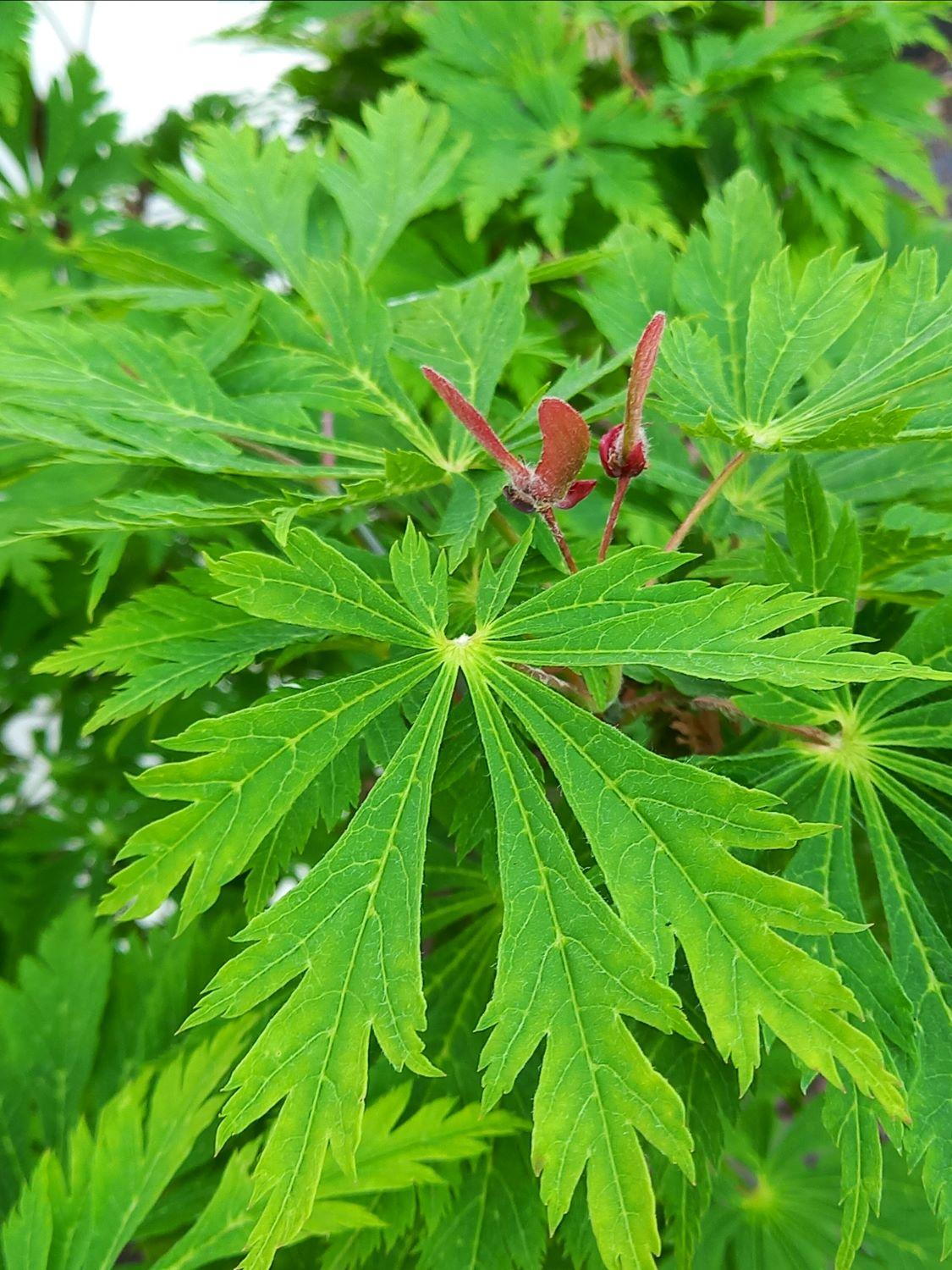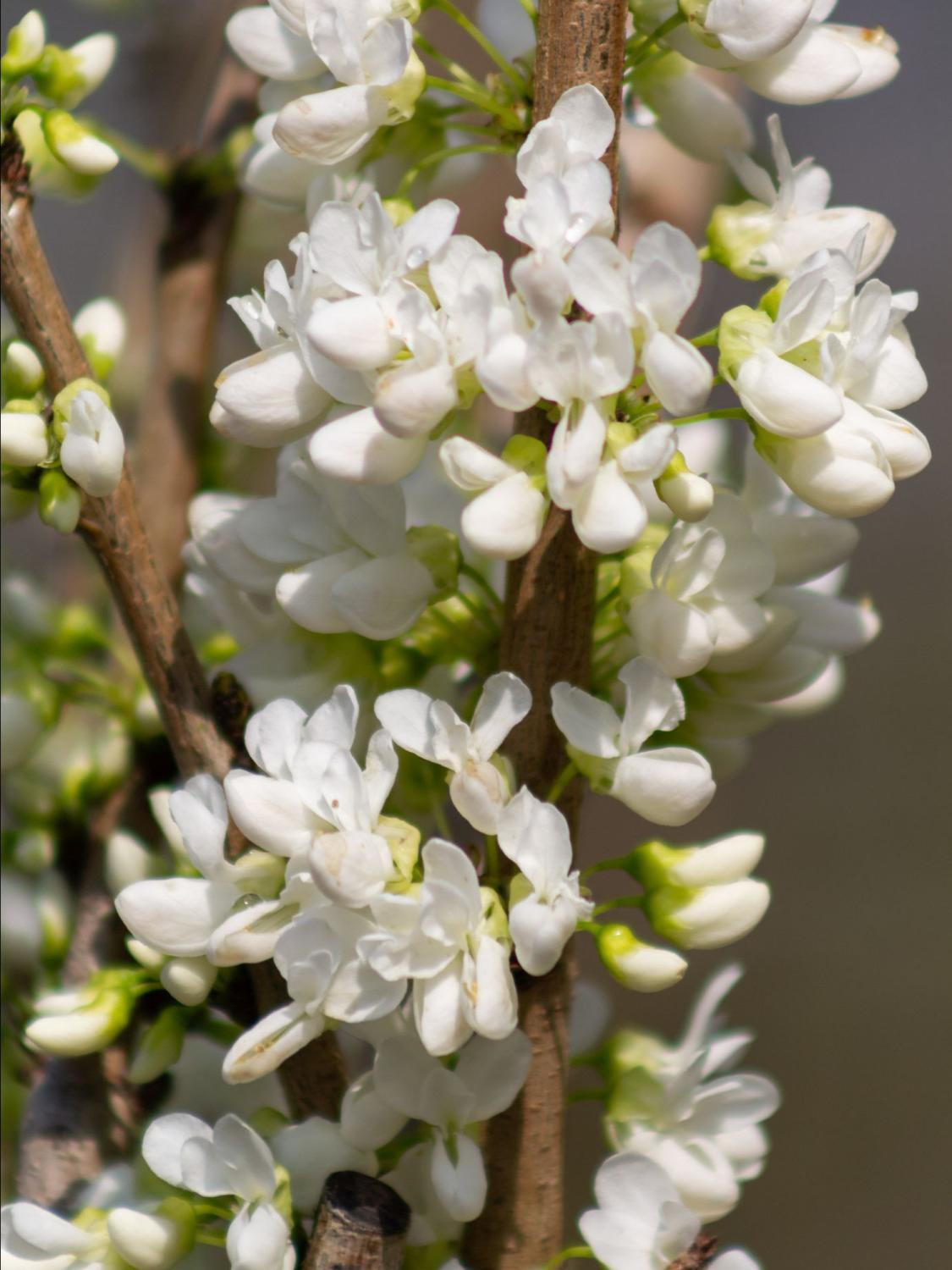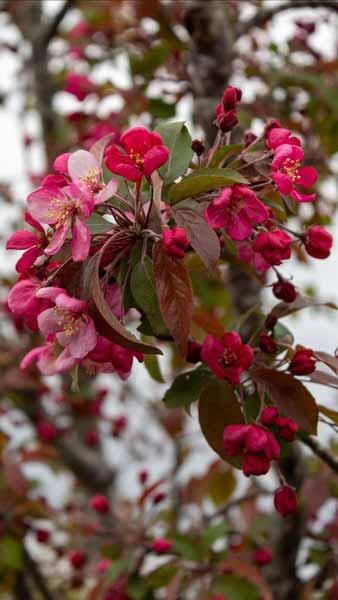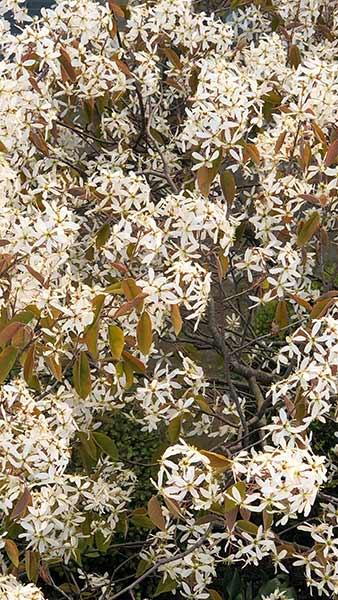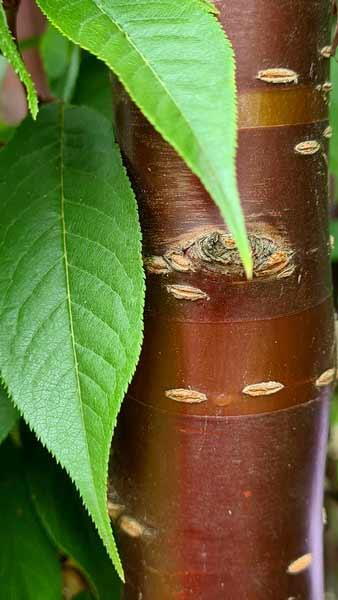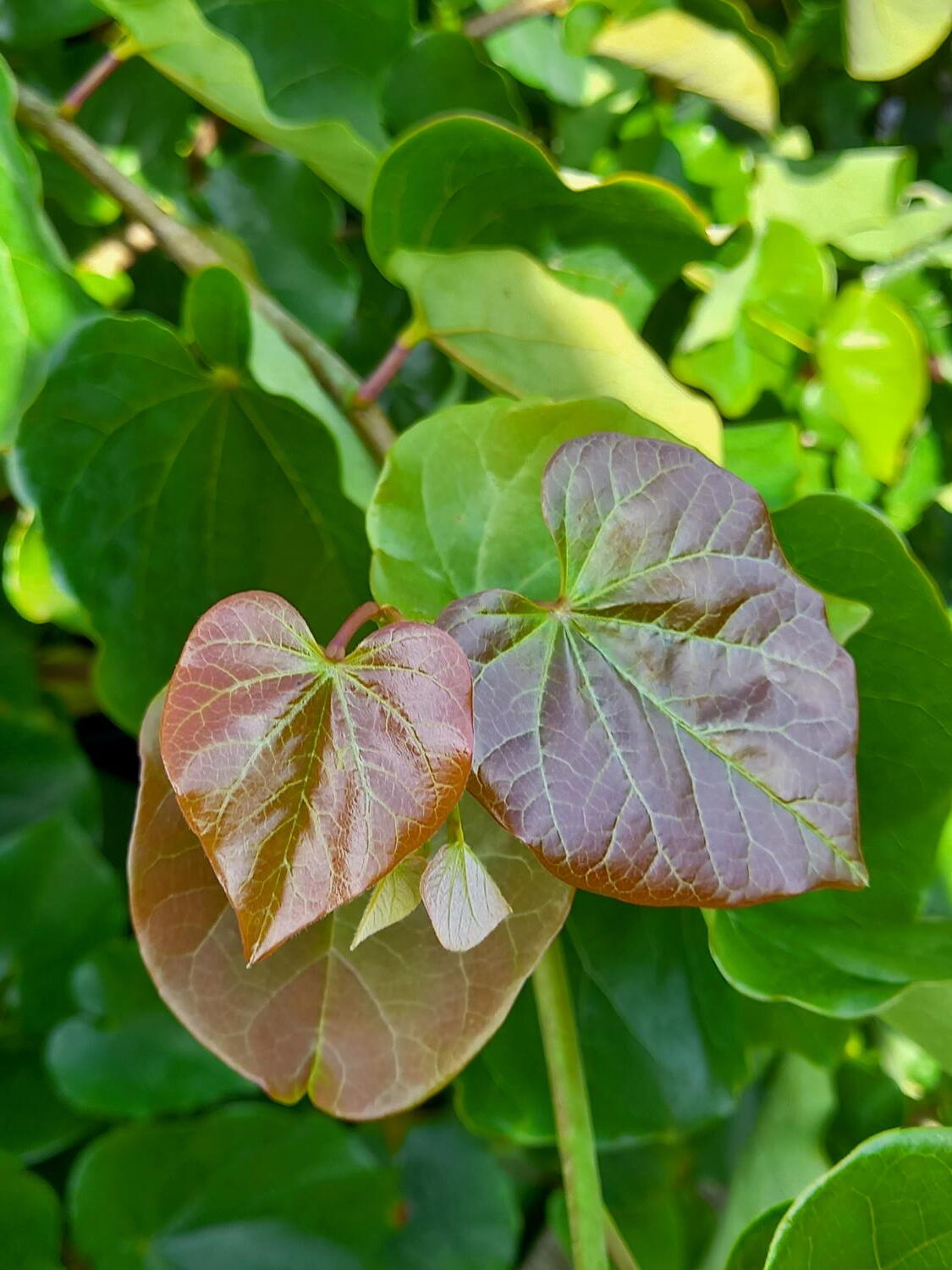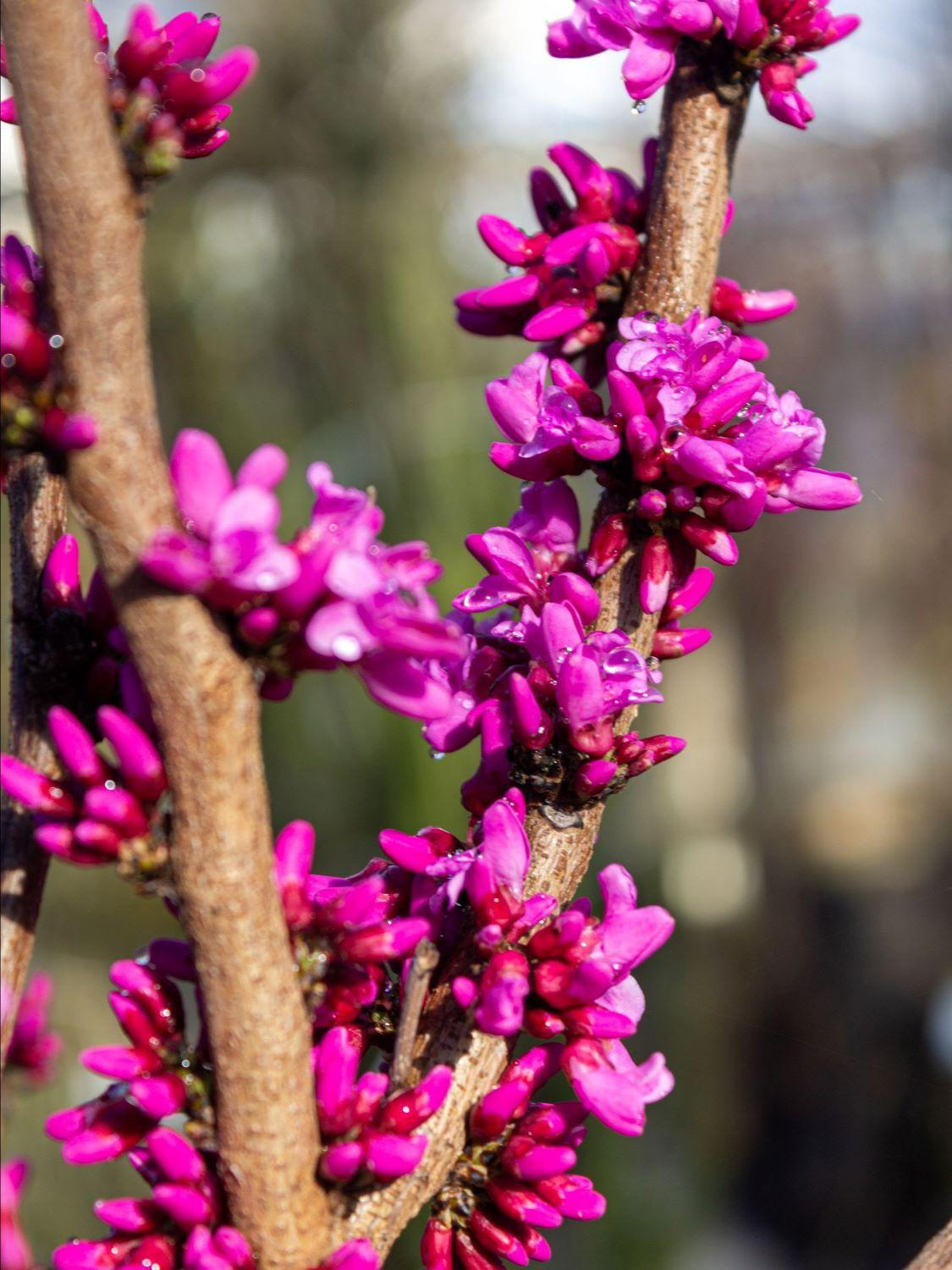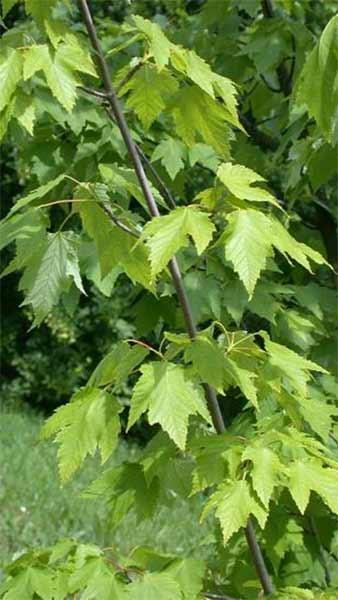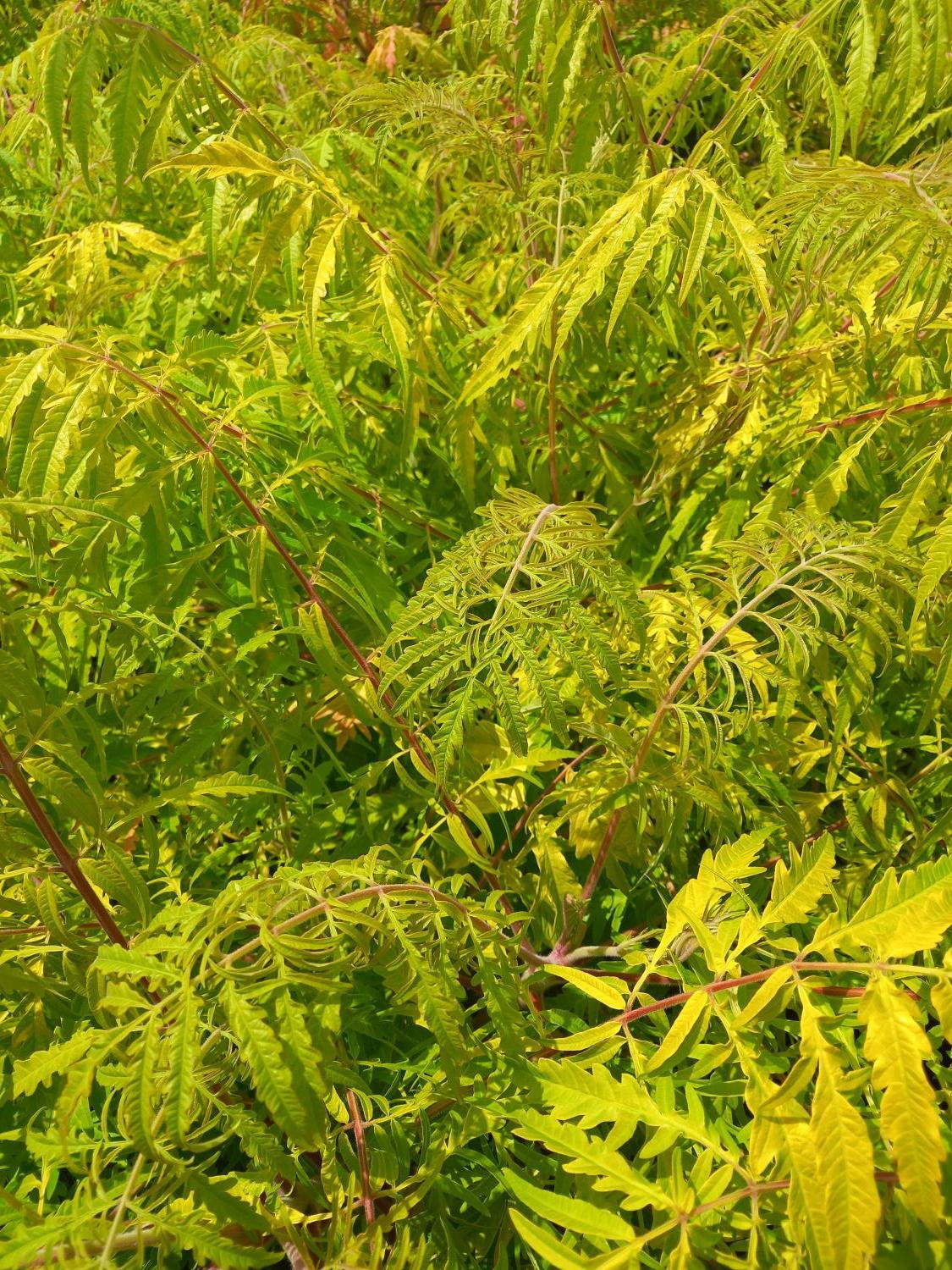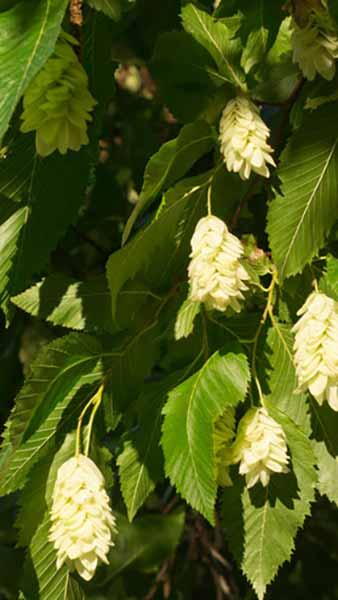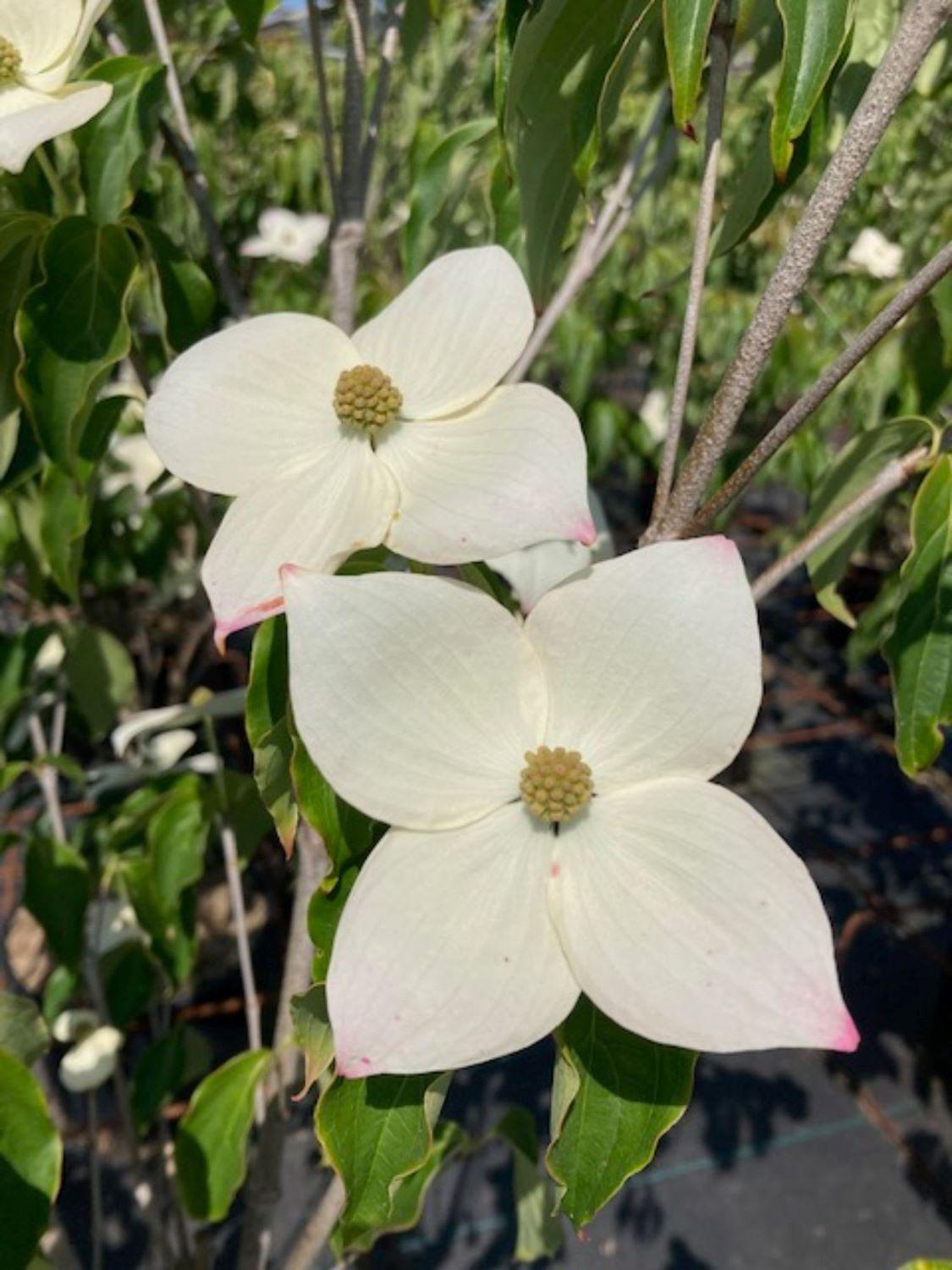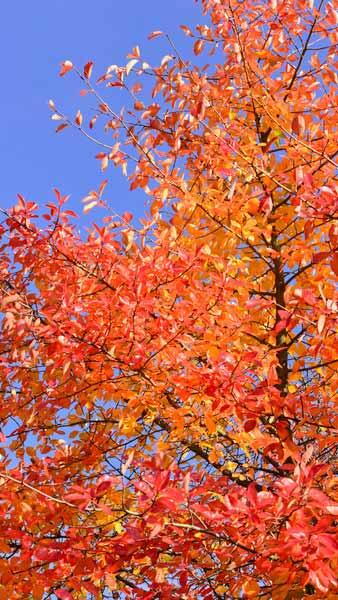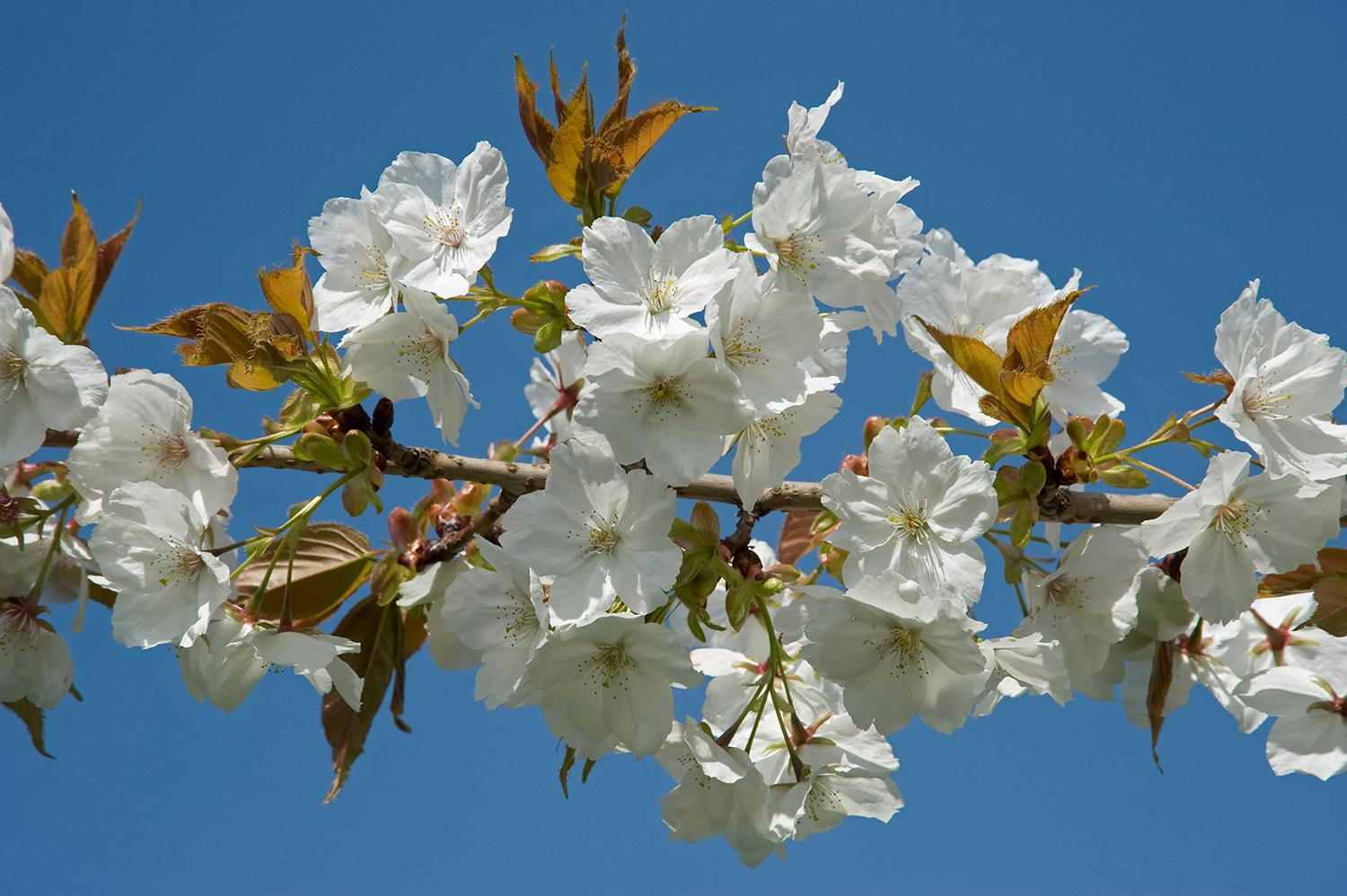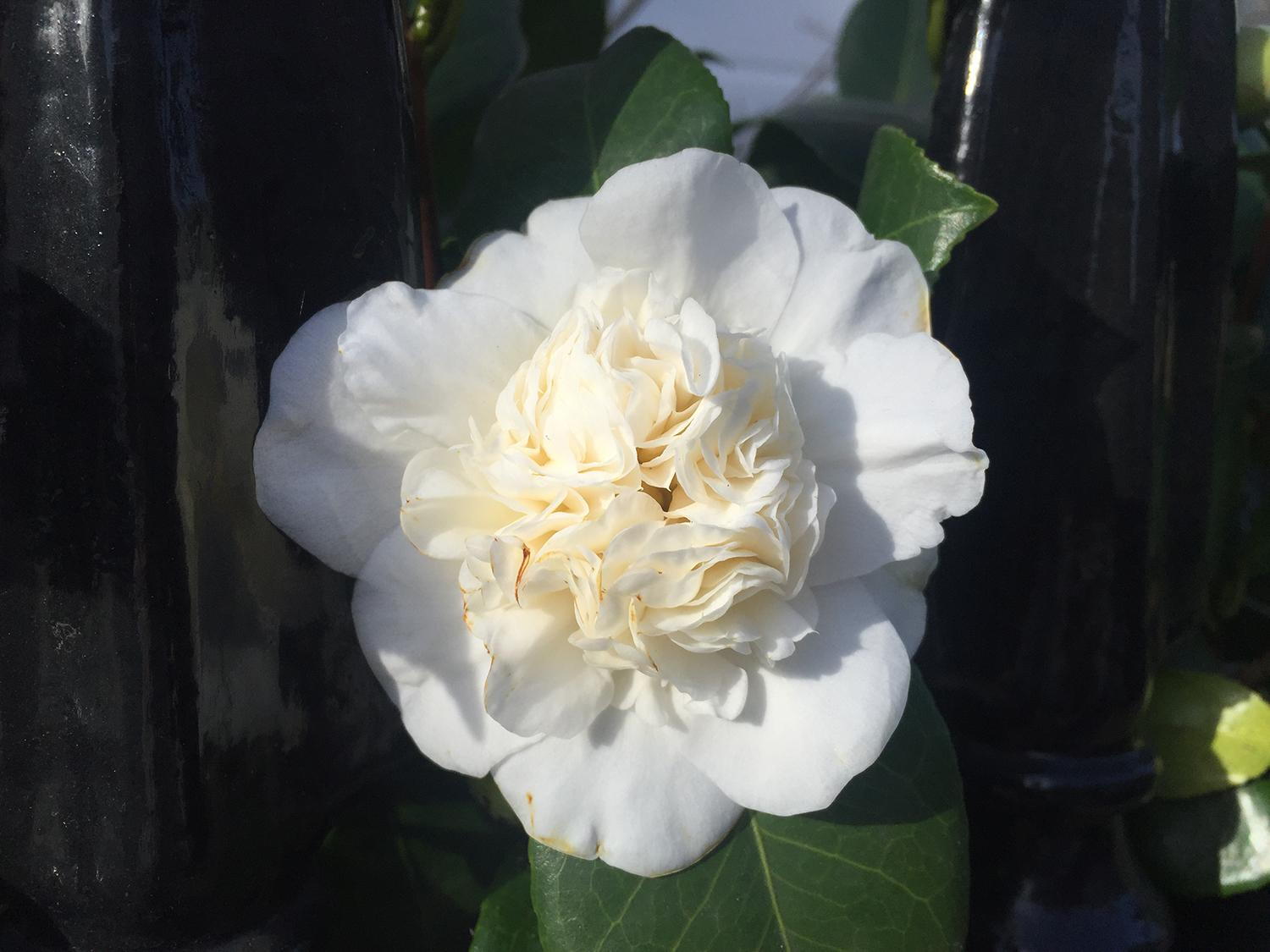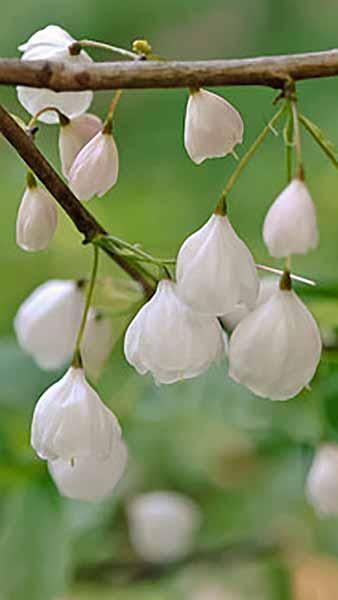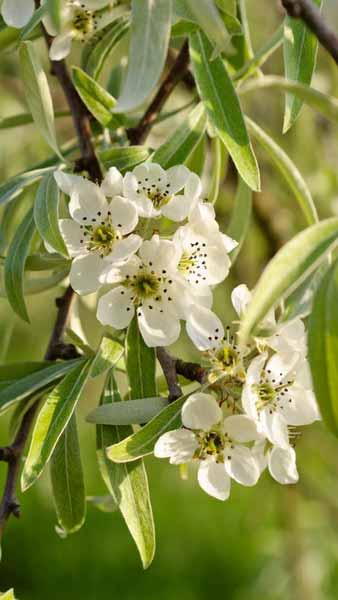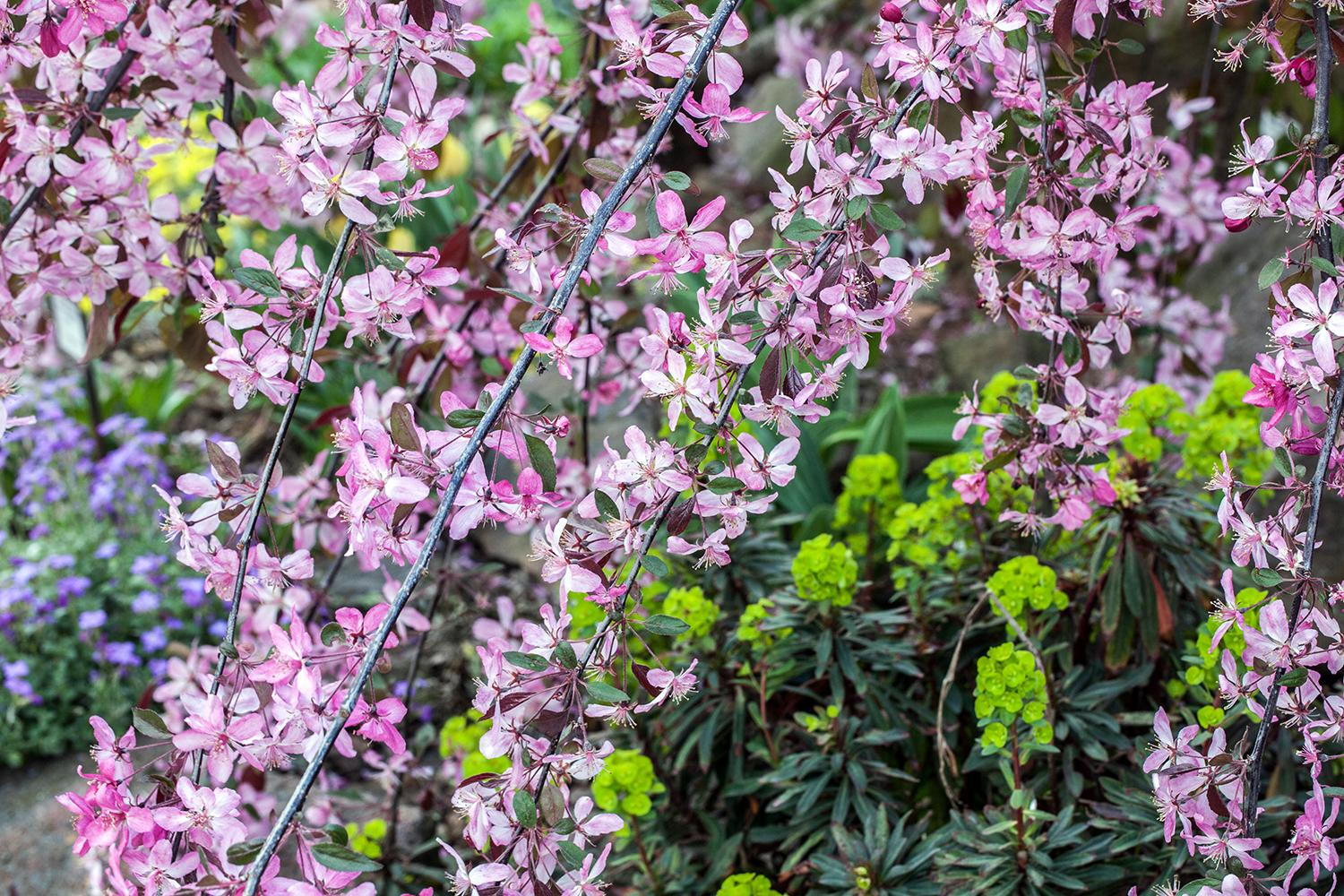Nyssa Sylvatica Tupelo Black Gum Tree for Sale Online UK
Nyssa Sylvatica, better known as Tupelo or Black Gum Tree, is a handsome, broadly columnar deciduous tree. Medium-sized, this ornamental tree is popular for the spectacular display of colourful autumn foliage and its remarkable resilience. Ideal candidate for a specimen tree, but it also works well in mixed shrub borders.Dark green and glossy, the foliage appears in the spring. The leaves are variable in shape, but generally obovate to oval and pointed, each up to 15 centimetres long. In the autumn, however, is when foliage is at its best. Until it drops with the first frosts, autumn foliage displays shades of vibrant scarlet, warm orange, and bright yellow, creating a burst of colours just before the winter season starts. Flowers and fruit are insignificant but attract beneficial pollinators and wildlife.Notoriously low-maintenance and undemanding, Tupelo is quite easy to grow and to care for. This cultivar can grow in waterlogged or extremely dry soils in full sun to part shade. However, to ensure best results, choose moist, humus-rich, fertile soils. Nyssa Sylvatica dislikes harsh winds, so make sure to choose a sheltered spot for planting.Trouble-free, Black Gum Tree is not affected by any pests and diseases and requires no extensive pruning to stay in shape. Routine removal of any dead and damaged growth will keep this ornamental tree in great health and optimal form.Native to Eastern North America, Tupelo is no stranger to cold weather. This attractive cultivar can survive even if the temperatures drop to 15 degrees below zero, and it is fully hardy in the United Kingdom.Black Gum Tree is the ideal low-maintenance, highly-decorative specimen tree. Its remarkable performance and minimal care requirements make it suitable even for the most inexperienced gardeners, and its showy features are welcome in any landscape. Plant it on its own, for a vibrant display of fiery colours in the fall, or add this cultivar to a mixed shrub border, where its vivid autumn foliage adds a touch of drama. When grown near a patio, it can serve as an excellent shade tree.Height & Width:Slow-growing, Nyssa Sylvatica can achieve a maximum height of 12 to 15 metres, with a dense, wide canopy of approximately 6 to 9 metres. Even though it has a slow growth rate, this deciduous cultivar thoroughly dislikes transplanting, so make sure to choose the right location for planting, taking its ultimate size into account.
